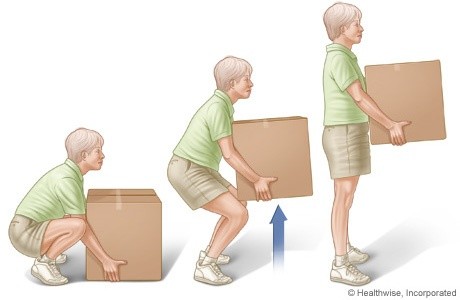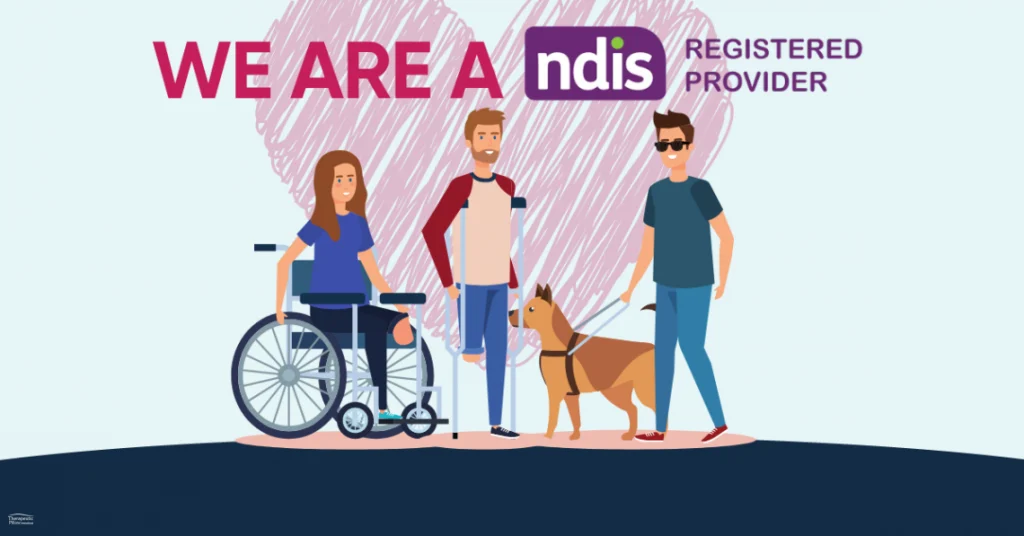It's a startling statistic – around 25% of the population grapple with continuous back or neck pain, while the rest of us occasionally experience those nagging twinges and discomfort.
The culprit? Often, it's the way we lift. Surprisingly, if you ask a random group of people how to lift something safely, a whopping 95% won't know the correct technique. Many of us go through life hunching forward to pick up objects, unwittingly placing excessive strain on our spines.
When you ponder the evolution of our species, it becomes evident that our backs haven't quite caught up with the times. While we've transitioned from walking on all fours to walking on two legs, the physical development of our backs hasn't kept pace with the rest of our anatomy.
So, it's imperative that we learn to safeguard our backs. This entails lifting correctly, avoiding the classic bend-and-lift mistake, and incorporating regular exercises to strengthen this crucial part of our body.
Mastering the Art of Safe Lifting to Avoid Back and Neck Pain
Lift with Your Legs, Not Your Back: The golden rule of lifting is to engage your legs, not your back. Here's how to do it right: before grabbing the object, bend your knees and hips (not your waist). Then, with a straight back, rise to a standing position. Your legs and hips, which are inherently better equipped to bear the load, will take the brunt of it. It sounds remarkably simple, but forgetting this technique even once can potentially haunt you with back issues for a lifetime.
Keep It Close: When lifting heavy objects, always hold them close to your chest, ideally touching it. Avoid the temptation to hold the object at arm's length in front of you. Your back will swiftly remind you that it disapproves of this approach.
Teach Your Children Well
What often goes unnoticed by children tends to be forgotten quickly. Therefore, it's crucial to repeatedly instil the correct lifting technique in your kids. Demonstrate with various objects of different sizes and weights. You can't show them too many times.
Consider this: your own back issues might be rooted in the fact that no one took the time during your youth to teach you how to lift properly. Don't let the same fate befall your children!

Invest in Proper Back Support
While learning to lift correctly is paramount for back health, it's equally important to invest in proper back support for various aspects of your life. Here are some key areas where back support can make a significant difference:
1. Office Ergonomics: If you spend long hours at a desk, your chair and workspace setup plays a crucial role in maintaining good back health. Invest in an ergonomic chair that supports the natural curve of your spine. Ensure your computer monitor is at eye level to prevent slouching. Regularly take breaks to stand up, stretch, and walk around to alleviate back strain.
2. Sleep Support: Your choice of mattress and pillow can significantly impact your spinal alignment during sleep. A mattress that offers the right balance of support and comfort is essential. Consider using a contoured pillow designed to cradle your head and neck, promoting proper alignment while you rest. This can greatly reduce the risk of waking up with a stiff or sore back.
3. Exercise and Core Strengthening: Maintaining a strong core is essential for back health. Incorporate exercises that target your abdominal muscles, lower back, and obliques. Pilates and yoga are excellent options for improving core strength and overall flexibility, which can help prevent back pain.
4. Proper Lifting Equipment: In situations where heavy lifting is a regular part of your routine, investing in the right lifting equipment can save your back from unnecessary strain. Utilize tools like lifting belts, dollies, or carts to assist with heavy loads, and always follow safe lifting techniques.
5. Professional Advice: If you're experiencing chronic back pain or have concerns about your back health, consult with a healthcare professional or physical therapist. They can provide personalized guidance, exercises, and treatments to address your specific needs and prevent further issues.
In conclusion, learning how to lift correctly is a fundamental step in preserving your back health. Teaching your children these techniques from an early age is an investment in their future well-being. However, proper back support extends beyond lifting techniques. It encompasses ergonomics in your workspace, choosing the right mattress and pillow, engaging in core-strengthening exercises, utilizing appropriate lifting equipment, and seeking professional guidance when needed.
By combining safe lifting practices with comprehensive back support strategies, you can significantly reduce the risk of back pain and discomfort, allowing you to lead a healthier, more active, and pain-free life.









